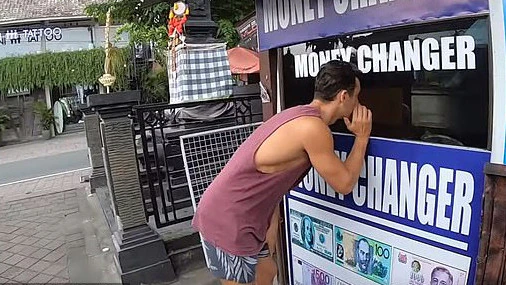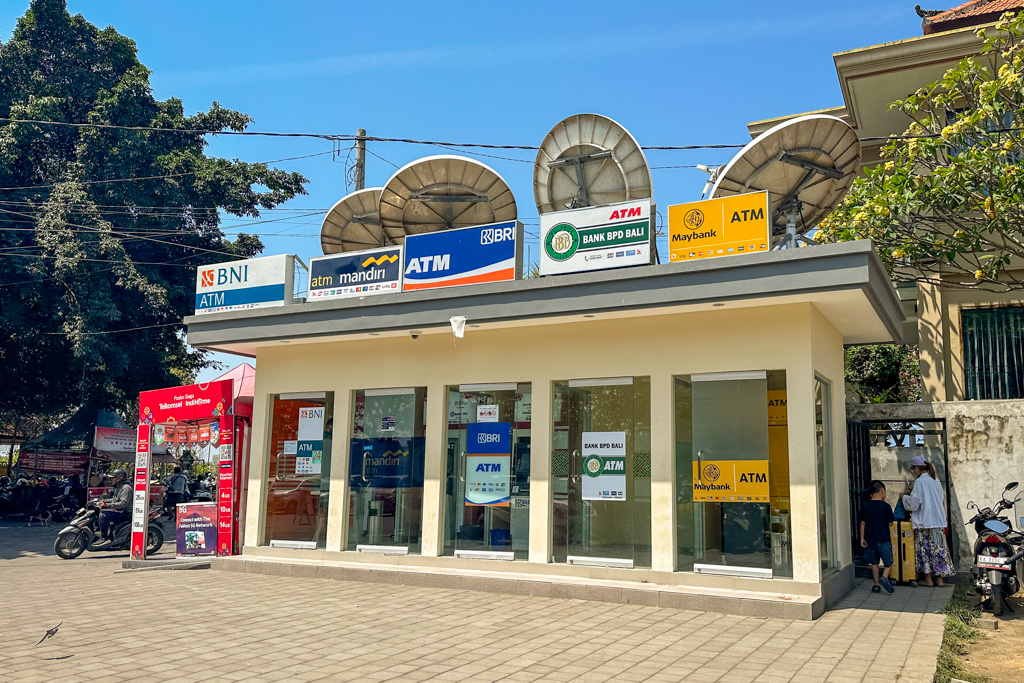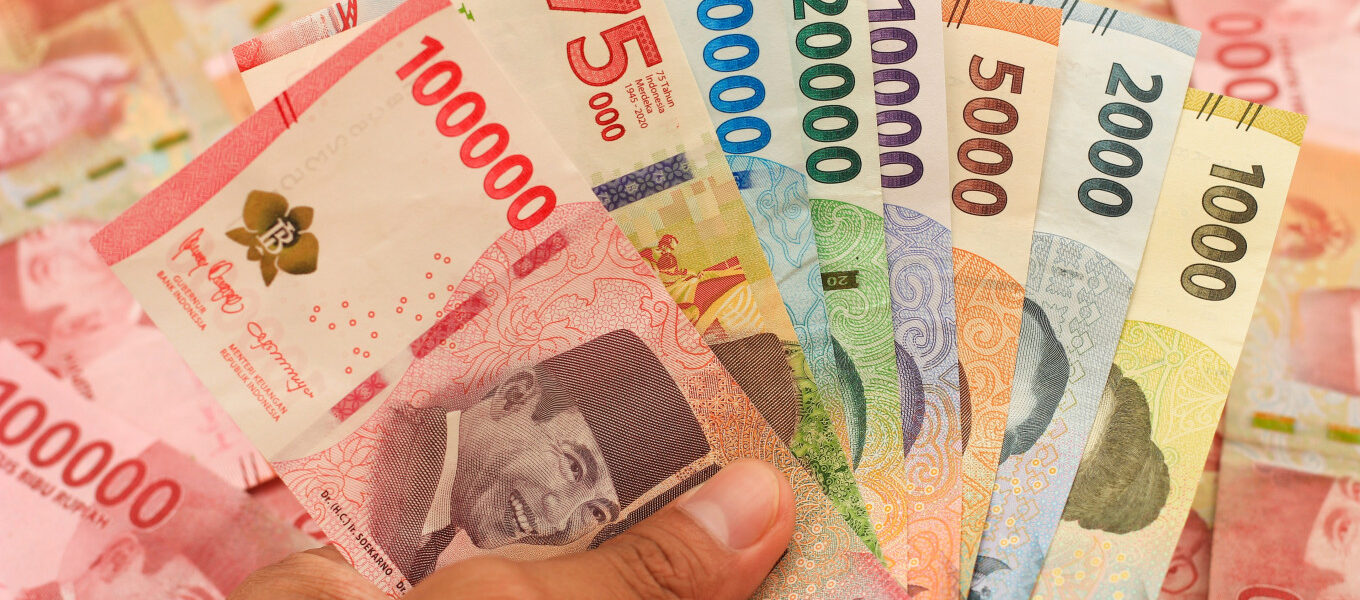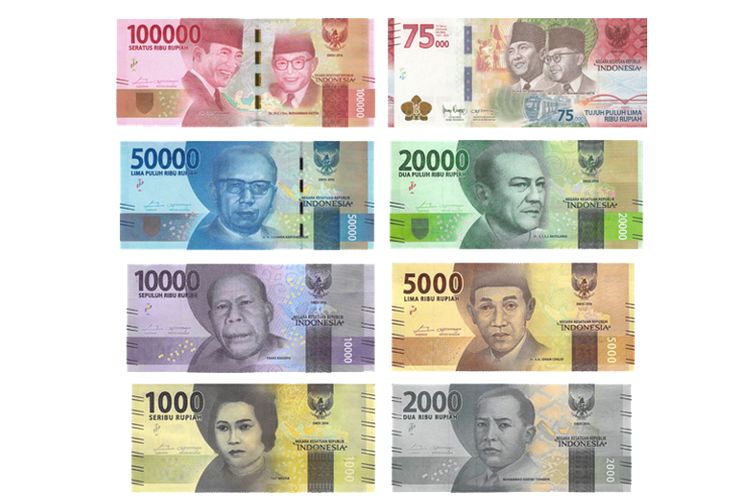Bali is a dream destination filled with breathtaking landscapes, rich cultural experiences, and unforgettable adventures. To make the most of your journey, understanding Bali currency is essential. In this Bali Currency guide, we’ll walk you through everything you need to know about money in Bali, from exchange rates to payment methods and budgeting tips.
What Currency is Used in Bali?
The official Bali currency is the Indonesian Rupiah (IDR), commonly abbreviated as Rp. Banknotes come in denominations of Rp1,000, Rp2,000, Rp5,000, Rp10,000, Rp20,000, Rp50,000, and Rp100,000. Coins are less commonly used but include Rp100, Rp200, Rp500, and Rp1,000.
Understanding the Value
Since the Indonesian Rupiah has a high denomination, it may take some time to get used to the numbers. For reference, Rp100,000 is roughly $6.50 USD (exchange rates fluctuate). It’s a good idea to familiarize yourself with the conversion rate before arriving in Bali.
Best Places to Exchange Currency
- Authorized Money Changers – Stick to reputable exchange offices such as Central Kuta Money Exchange or Dirgahayu Valuta Prima, which offer fair rates without hidden fees.
- Banks – Major banks like Bank Mandiri, BNI, and BCA offer currency exchange services, although they may have slightly lower rates.
- Airport Exchange Booths – Convenient but typically offer less favorable rates. If you must exchange money at the airport, do so in small amounts.
What to Avoid
- Street Money Changers – If a rate seems too good to be true, it probably is. Some unauthorized money changers use tricks to shortchange customers.
- Hidden Fees – Always count your money before leaving the counter and check if there are additional service charges.

Withdrawing Cash from ATMs
ATMs are widely available in Bali, especially in tourist hotspots like Ubud, Seminyak, and Canggu. Most machines accept international debit and credit cards, but here are some important tips:
- Use ATMs inside banks or secure locations to avoid skimming scams.
- Check the withdrawal limits most ATMs allow you to withdraw between Rp1,500,000 to Rp3,000,000 per transaction.
- Some banks charge international withdrawal fees, so check with your bank before traveling.
Using Credit and Debit Cards
While major hotels, restaurants, and retail stores accept Visa, Mastercard, and American Express, cash is still the preferred method for smaller vendors, markets, and local eateries (warungs). Always carry some cash, especially when traveling outside major tourist areas.

How Much Cash Should You Carry in Bali?
While Bali is affordable compared to many Western countries, having an idea of daily expenses can help you plan your budget.
Estimated Daily Costs:
- Budget Travelers: $25 – $40 per day (local meals, guesthouses, scooter rental)
- Mid-Range Travelers: $50 – $100 per day (restaurants, boutique hotels, guided tours)
- Luxury Travelers: $250+ per day (fine dining, luxury resorts, private drivers)
Helpful Money Tips for Bali
- Download a currency converter app like XE Currency to check real-time exchange rates.
- Keep small change for taxis, street food, and markets, many vendors struggle to break large Rp100,000 bills.
- Bargaining is common in markets, but always negotiate respectfully.
- Avoid carrying all your cash at once keep some in your hotel safe and use a travel wallet.
- Beware of counterfeit money If a banknote looks faded or feels different from the rest, double-check its authenticity.
- Use digital payment apps Some businesses accept payments through GoPay, OVO, or Dana, which can be convenient for cashless transactions.
- Consider travel-friendly bank accounts Some international banks offer accounts with zero foreign transaction fees, saving you money on conversions.
Understanding how money works in Bali will help you have a stress-free and enjoyable trip. By following these Bali currency guide, you can avoid unnecessary hassles and focus on what truly matters while exploring the Bali island!






